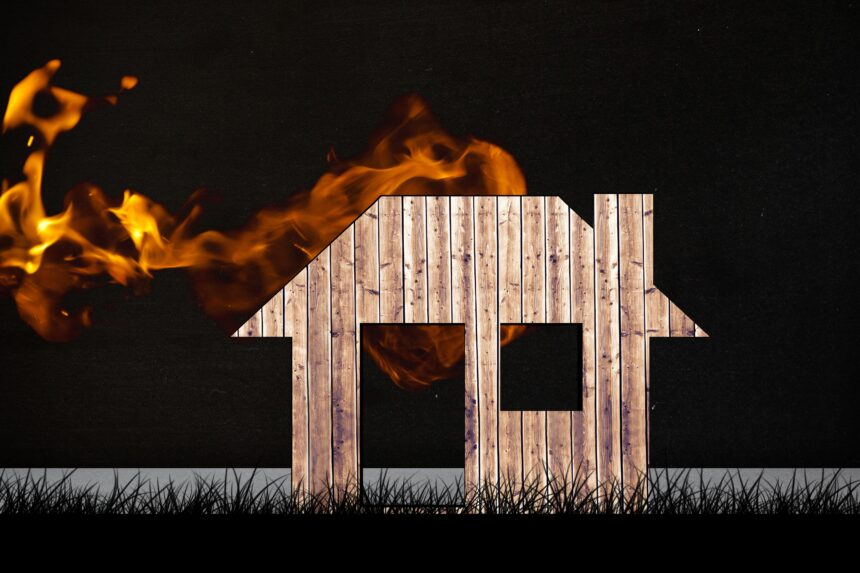The Impact of Proximity to Fire Stations on Home Insurance Premiums
When it comes to determining home insurance premiums, insurance companies take various factors into account to assess the risk associated with insuring a particular property. One of the significant factors that can influence home insurance premiums is the proximity to fire stations. The distance between your home and the nearest fire station can have both positive and negative effects on your insurance costs. In this article, we will explore the impact of proximity to fire stations on home insurance premiums.
- Response Time and Fire Protection: Proximity to a fire station directly affects the response time in case of a fire emergency. Insurance companies consider homes located in close proximity to fire stations to have a higher level of fire protection. Firefighters can quickly reach the property, reducing the potential for extensive damage. As a result, homes near fire stations are generally considered lower risk, leading to lower insurance premiums compared to homes located farther away.
- Availability of Fire Hydrants: In addition to proximity to fire stations, insurance companies also consider the availability of fire hydrants in the vicinity of a property. Fire hydrants provide a crucial water supply for firefighting efforts. Homes located in areas with a higher density of fire hydrants are often seen as better protected against fire incidents. Insurance companies may offer lower premiums for homes situated near fire hydrants as they are deemed to have a greater chance of effective fire suppression.
- Rural and Remote Locations: Homes situated in rural or remote areas often face challenges in terms of fire protection due to longer response times and limited access to fire stations. Insurance companies may perceive these properties as higher risk and charge higher premiums to account for the increased vulnerability to fire hazards. In such cases, homeowners may need to explore additional fire protection measures, such as installing fire alarms, sprinkler systems, or investing in private fire services to help mitigate the risks and potentially reduce insurance premiums.
- Public Fire Protection Classification: Insurance companies also consider the Public Protection Classification (PPC) assigned to a particular area by the Insurance Services Office (ISO). The PPC takes into account various factors, including the proximity and quality of fire stations, water supply, and emergency communications systems. Areas with lower PPC ratings are considered to have better public fire protection and may result in lower insurance premiums for homeowners. It is advisable to check the PPC rating for your location and understand how it impacts your insurance costs.
- Individual Insurance Company Policies: It’s important to note that insurance companies may have their own specific policies and underwriting guidelines regarding proximity to fire stations. While some insurers may place significant emphasis on this factor, others may consider it alongside other risk factors, such as the property’s construction materials, age, or previous claims history. It’s advisable to consult with different insurance providers to understand how they evaluate the impact of proximity to fire stations on their premiums.
Conclusion: The proximity to fire stations plays a significant role in determining home insurance premiums. Homes located in close proximity to fire stations and fire hydrants generally benefit from lower premiums due to improved fire protection and shorter response times. Conversely, homes in rural or remote areas may face higher premiums due to increased risks associated with longer response times and limited access to fire protection services. Understanding how insurance companies assess the impact of proximity to fire stations can help homeowners make informed decisions and potentially find ways to reduce their insurance costs while ensuring adequate fire protection for their properties.










